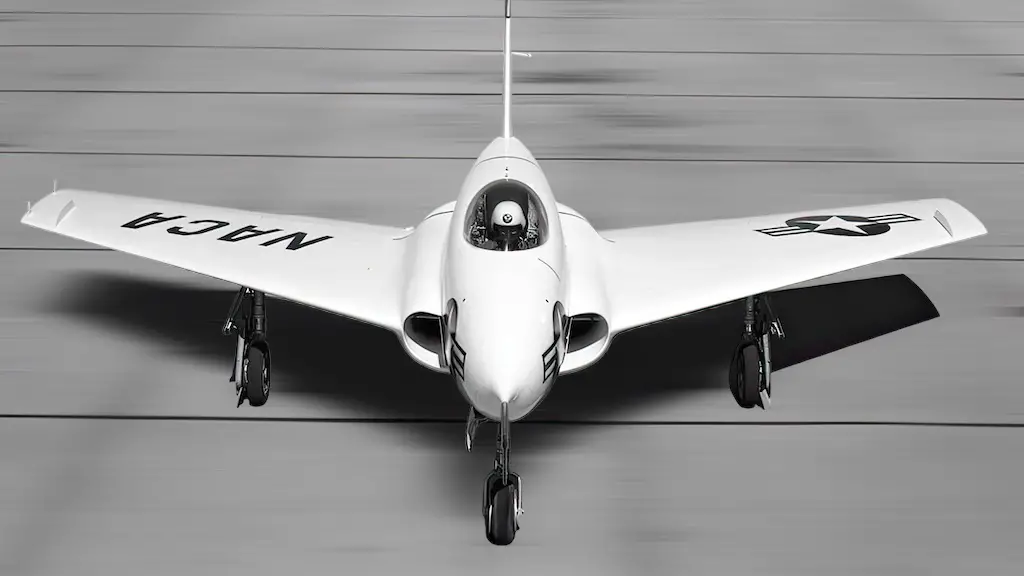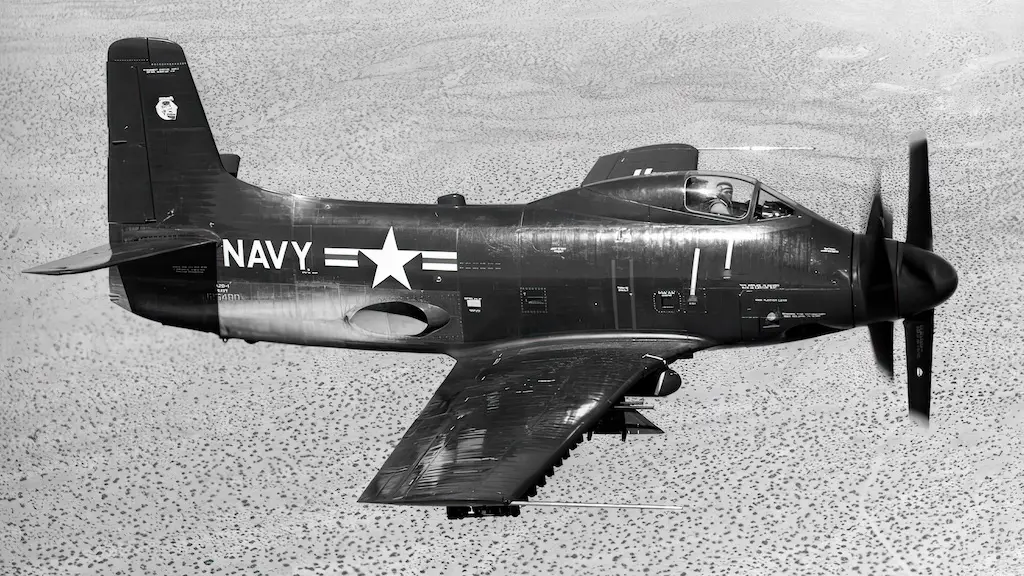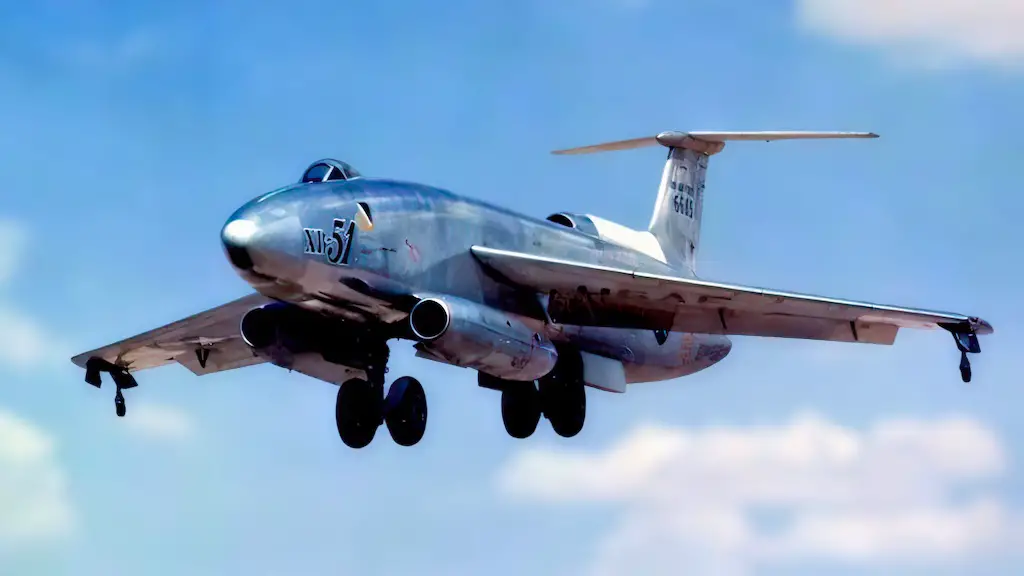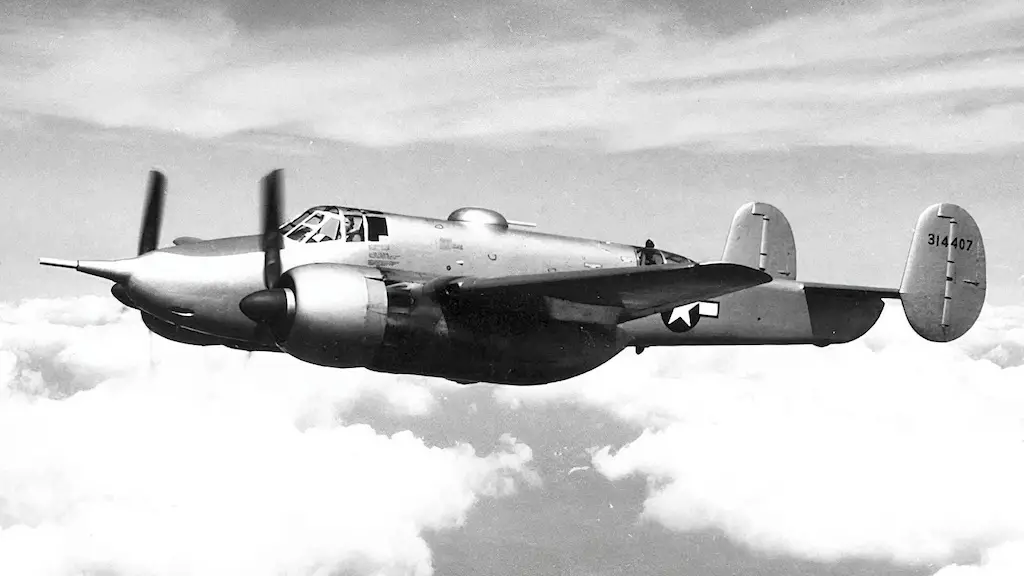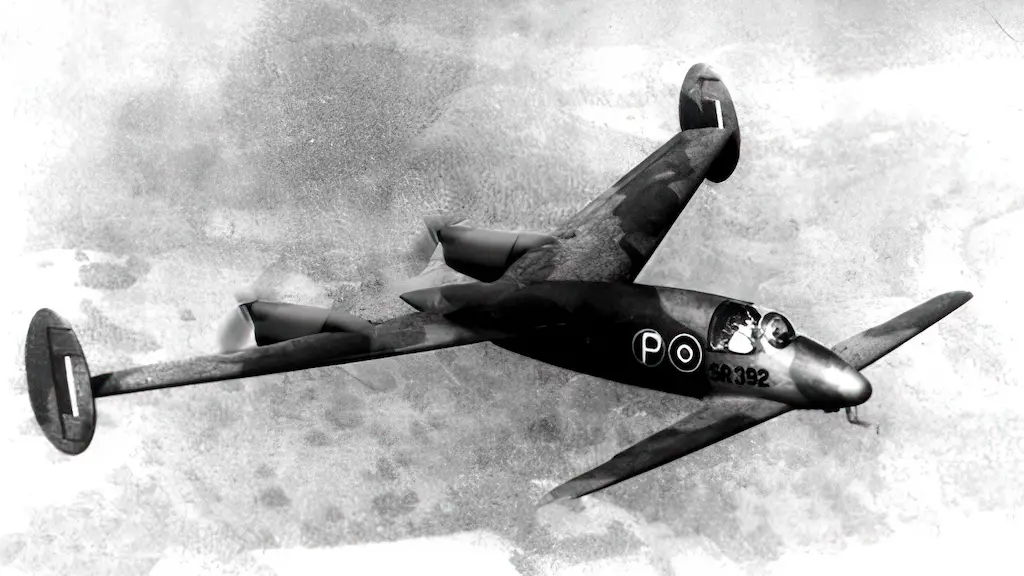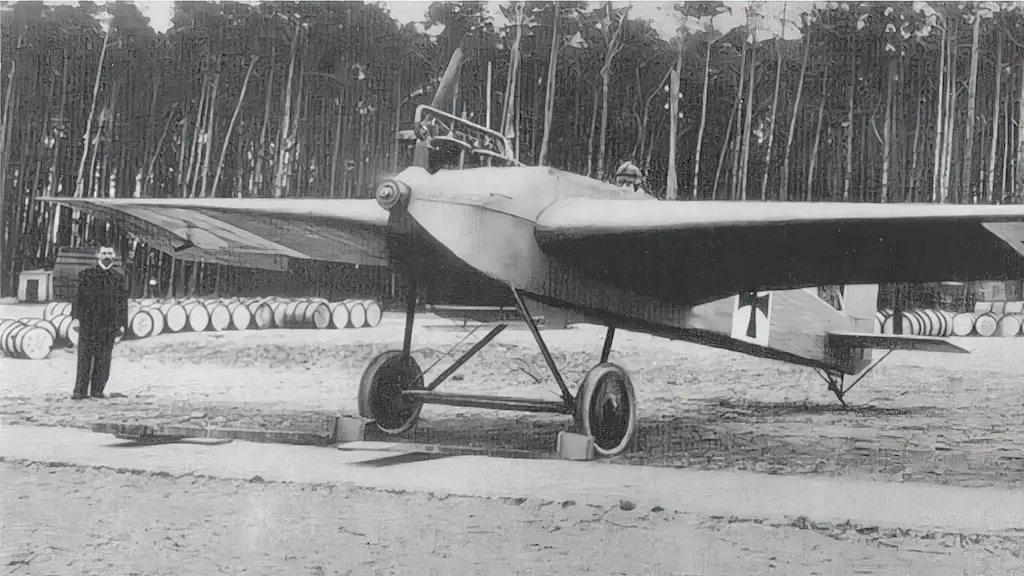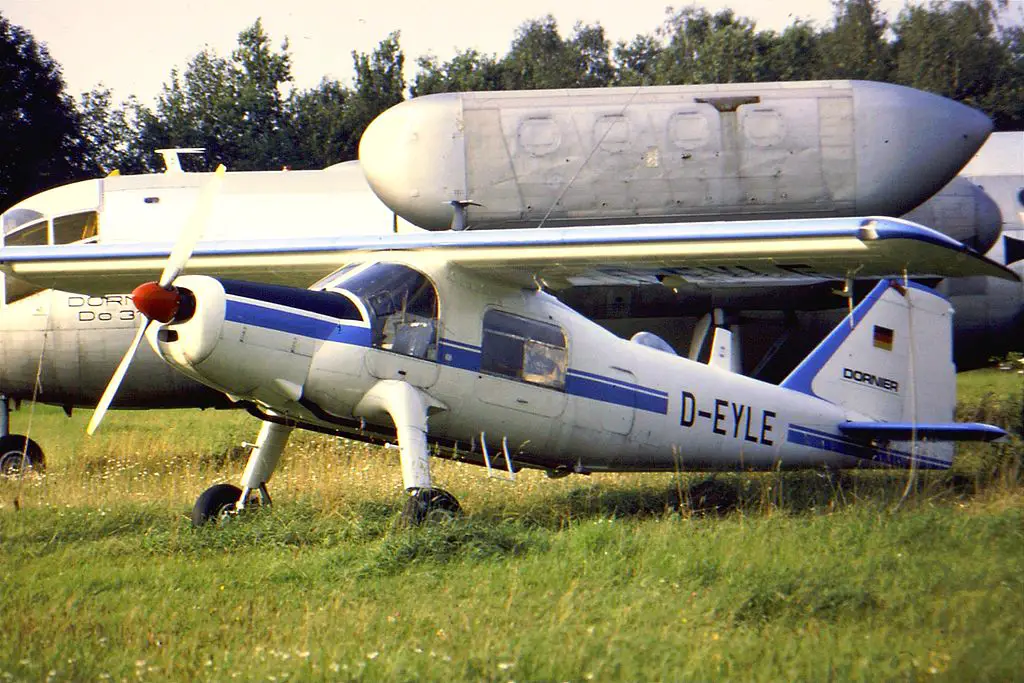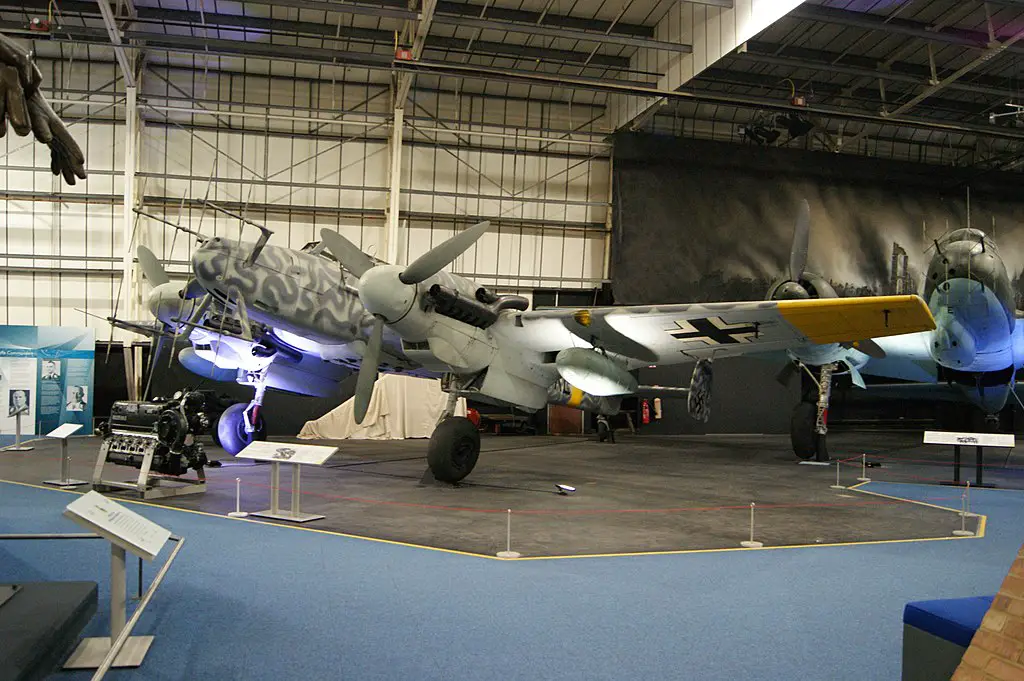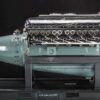Before diving into the captivating saga of the Dornier Do 29 and its innovative tilting-propeller system, let’s clear the airspace of any confusion. It seems the halls of aviation history echo with the name “Dornier Do 29” not once but twice, attributed to two distinct aircraft, each a brainchild of Dornier Flugzeugwerke. One, a proposed Zerstörer or heavy fighter, breathed its first life in the 1930s, aiming to soar the skies as a formidable counterpart to the Messerschmitt Bf 110. However, our tale unfolds with the wings of another Do 29, birthed in the 1950s, carrying forward a revolutionary concept aiming to redefine short takeoff and landing (STOL) capabilities.
The way in which the Do 29 achieved STOL is nothing short of fascinating. In essence, it used push propellers that it could tilt. Yes, that’s right, thrust vectoring propellers—now you’ve seen it all.
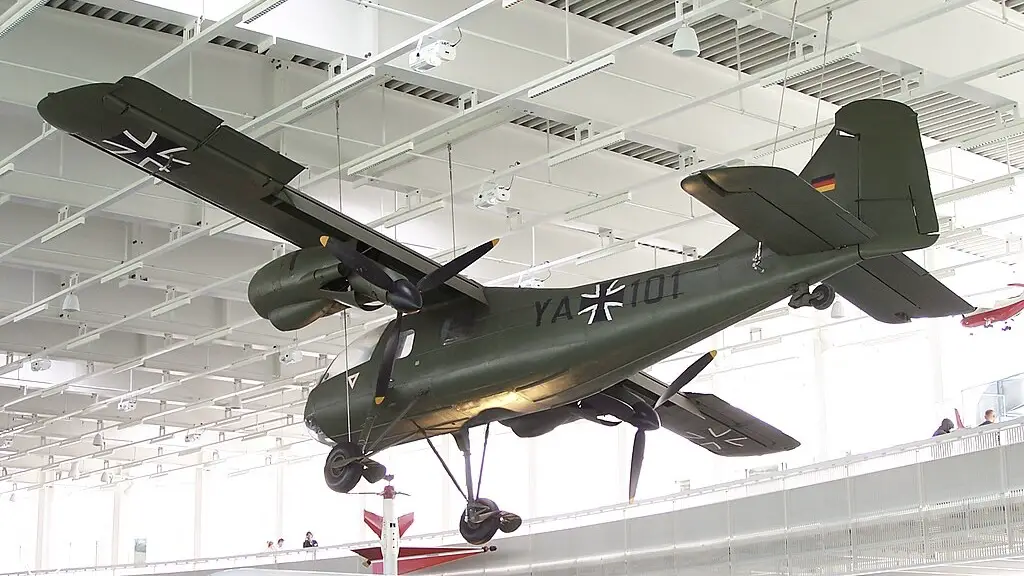
From WWII Blueprints to the 1950s Skies
It began during the tumultuous times of World War II when Heinrich Focke of Focke-Achgelis visualized an aircraft design utilizing pusher propellers for enhanced lift. Dubbed the Fa 269, the war situation left his idea untouched. But as peace resumed and the world entered the 1950s, the spark ignited once more. The drive for STOL and even VTOL (Vertical Takeoff and Landing) capabilities breathed new life into Focke’s vision. Dornier Flugzeugwerke, seeing the potential, embarked on a mission to actualize this concept. Their solution? The Do 29, a brainchild built upon the Do 27 light transport, but with a twist – or rather, a tilt.
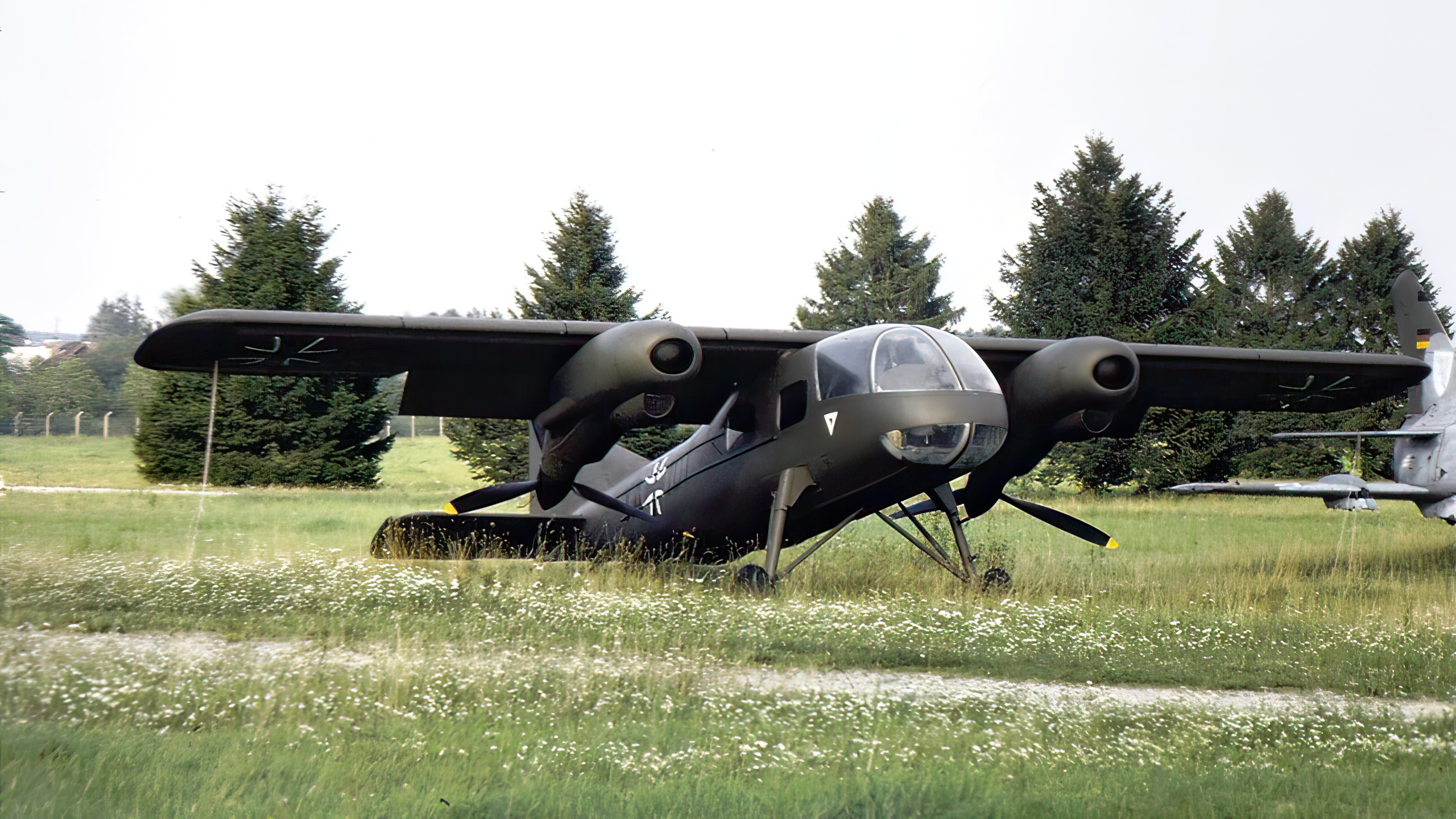
The Engines of Do 29
The magic resided in the Do 29’s twin Lycoming GO-480 engines, nestled just below the wings. Not only did these powerhouses propel the aircraft forward, but they also drove the revolutionary three-bladed, pusher propellers. These propellers could tilt, all the way down to an angle of 90 degrees! A fail-safe was ingeniously incorporated; in case one engine malfunctioned, symmetrical thrust remained uninterrupted, ensuring safe operations. Coupled with a helicopter-inspired cockpit and the safeguard of a Martin-Baker ejection seat, the Do 29 was truly a force to be reckoned with.

Proving the Concept
December 12, 1958, marked a significant milestone: the first flight of the Do 29 prototype. Throughout its testing phase, while the propellers tilted up to 60 degrees (short of the 90-degree capability), the results were astounding. Achieving a stalling speed of just 15 mph and showcasing remarkable short-field performance, the Do 29 was living proof of the tilt-propeller system’s success.
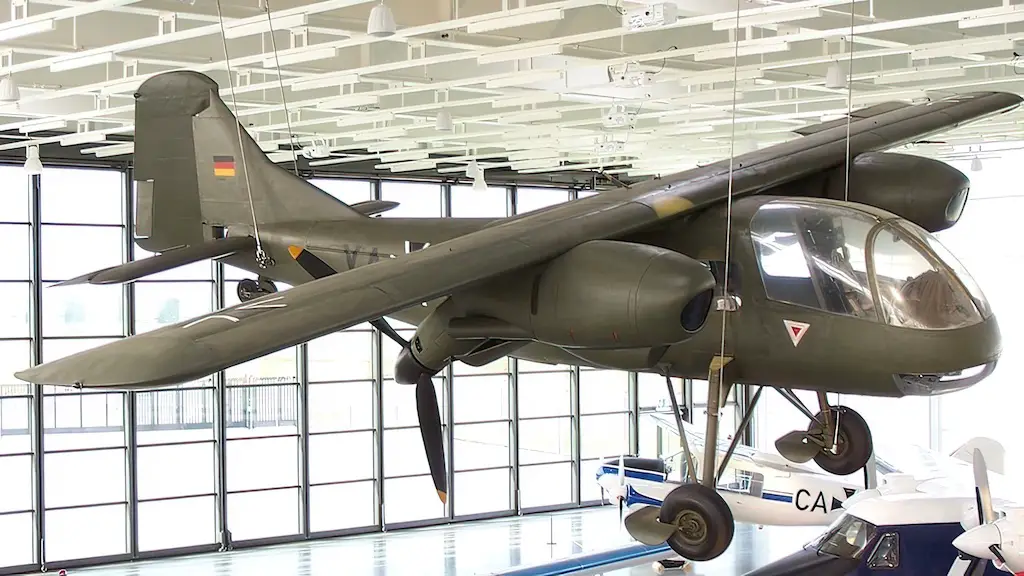
An Unexpected Conclusion
With such promising results, one might expect a floodgate of developments to follow. But destiny had other plans. Despite its demonstrated potential, the tilting-propeller concept was shelved post the flight tests. The curtains fell, and the Do 29 program came to an unforeseen halt. Today, aviation enthusiasts can witness this historic marvel firsthand, as one of the Do 29 prototypes stands proudly in the Dornier Museum in Germany, a silent reminder of what could have been.

